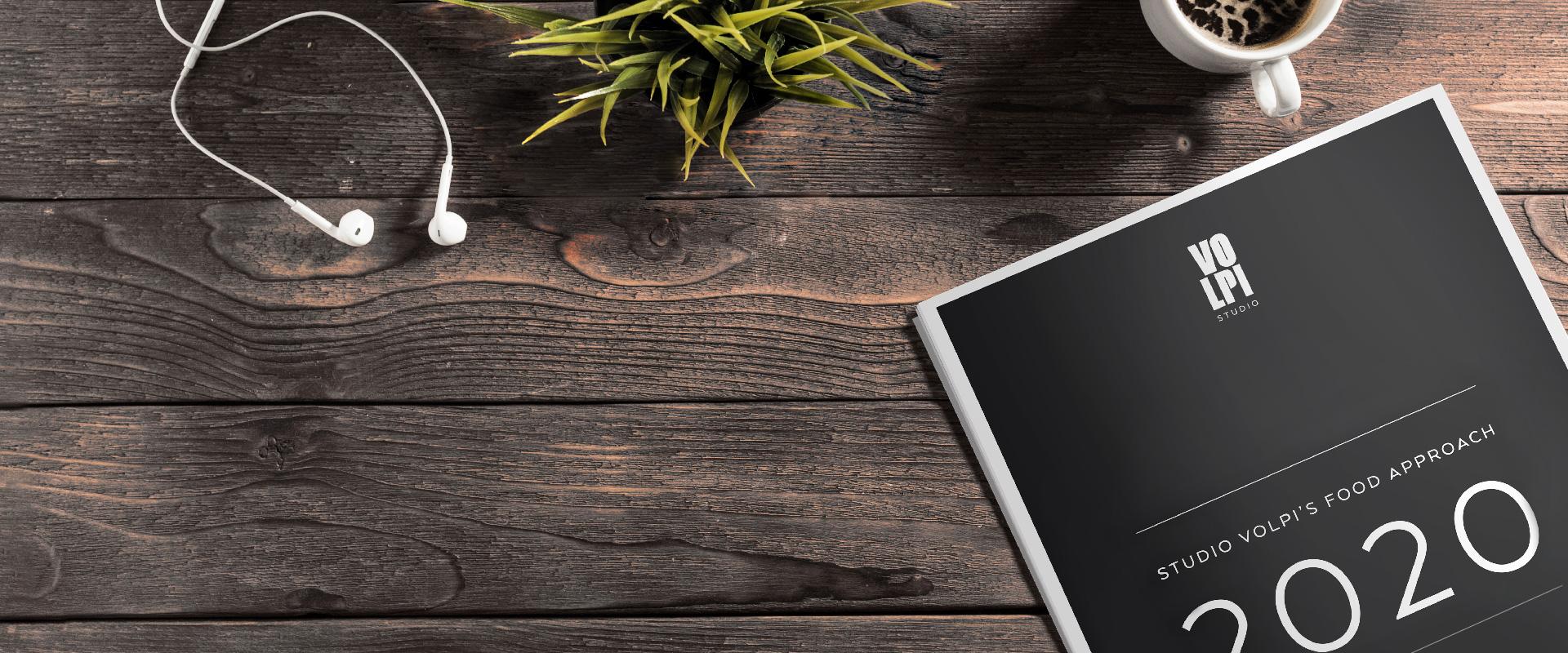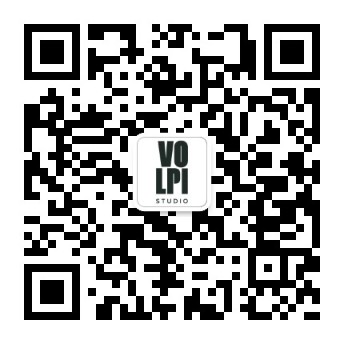Digitalization is changing the rules in the kitchen, especially in professional ones.
Through the selection of some case studies developed over the years, we will reveal how today’s design and trends intersect with current technological possibilities. In doing so, we will point out the benefits for companies and users in connecting their products, the factors that differentiate the European market from the American one, and the challenges that need to be faced today if we are to talk about a true “kitchen 4.0”.
The integration of digital payment methods, the pervasiveness of in-app booking and delivery and the new trends for away-from-home food consumption - such as fast casual - have proven how much digital systems cover almost every interaction step consumers face with the food they eat daily.
So how can we meet consumers’ expectations with an ecosystem more and more digitalized without taking into account what happens inside kitchens?

Way more than just an oven
As opposed to many other sectors, the world of professional cuisine could count for years on solid grounds in terms of technological equipment as the pillars of food preparation have always been well defined despite the everchanging creativity of chefs and the rising of all-new food approaches.
Yet the major players of the market had the intuition that the digital world could help the operators of this sector use kitchen products to enhance their business and their cooking skills, despite its long-established guidelines. That is why IoT, predictive maintenance and data analysis are by now part of the professional cuisine slang and a must to run a competitive business.
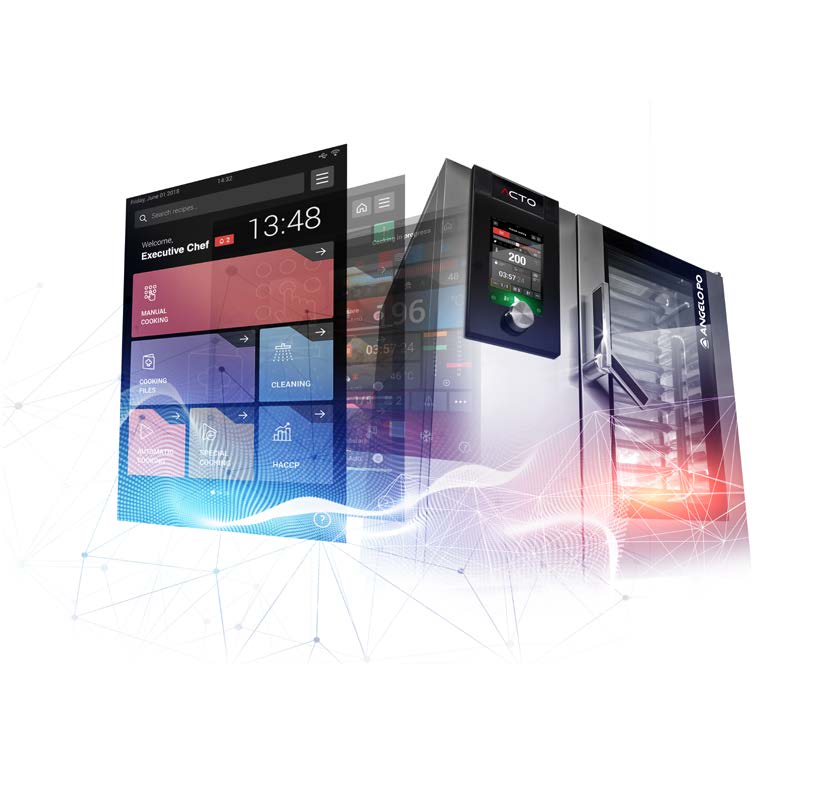
Technological updating and the integration of an interconnected soul turn modern professional kitchens into a perfect example of the 4.0 industry, where the product and its super digital powers become a tool to improve working conditions, enhance productivity, monitor the processes to achieve better results and create new business models.
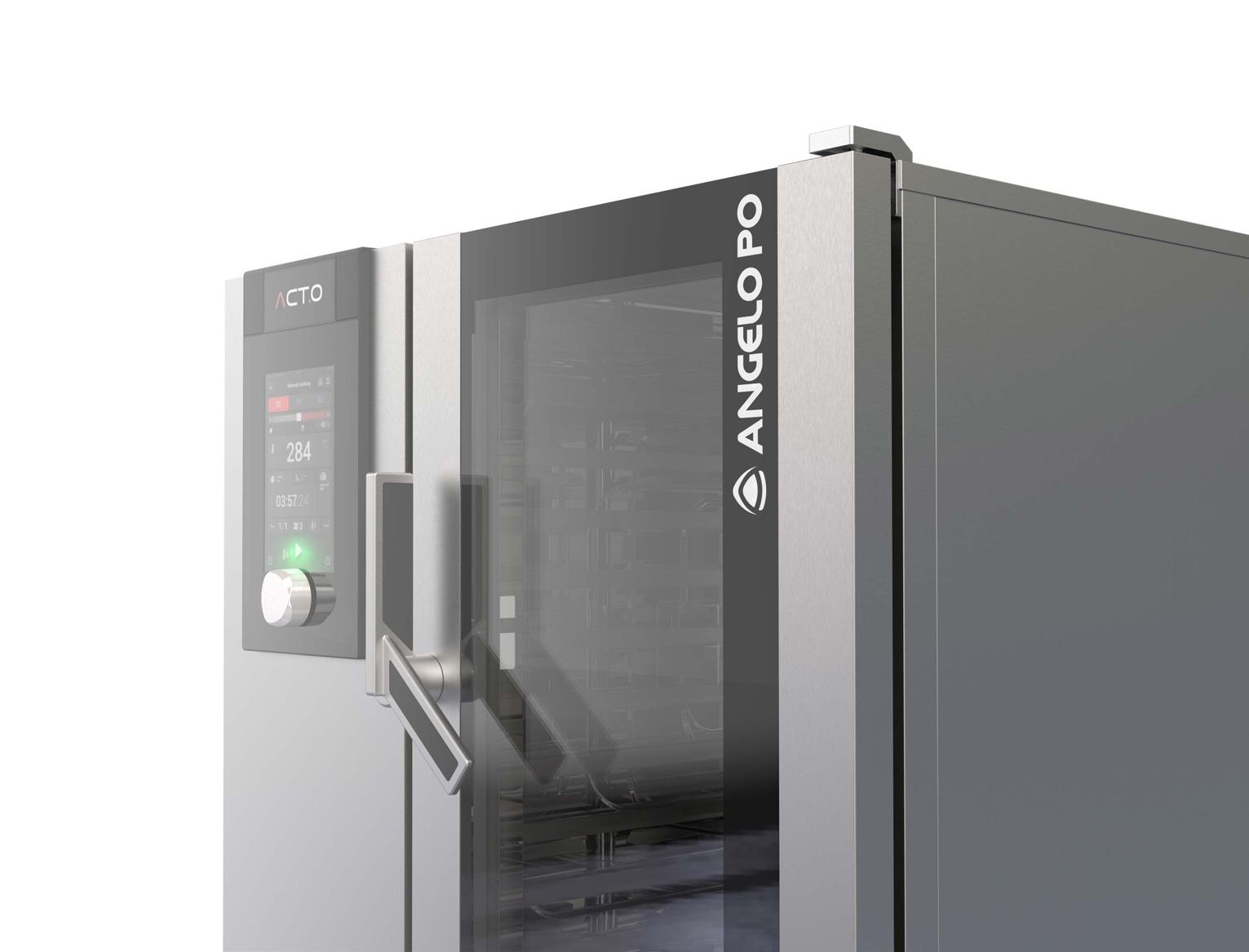
What my user persona has been waiting for
On an average, modern users expect way more in terms of performance compared to their predecessors.
Many of the processes that were once carried out by hand and autonomously, are by now automatized and replicable in the future. We have greater control on the products and the way they work, thus enjoying a higher level of customization.
Regular users of professional ovens, blast chillers, dishwashers or coffee machines know how to set up their equipment customizing it to their needs with made-to-measure functions. They are well aware of the flexibility required from a machine to express their creativity and technical needs while enjoying privileged advice from the supplier as well as its guidelines. Last but not least, they trust in the overall improvement of the user experience thanks to all-new user interfaces that help in taking key decisions in a more aware and intuitive fashion.
From a strictly aesthetical standpoint, open kitchens and show cooking have overcome the visual barrier between the preparation and the dining areas, intertwining these environments and opening the curtains of professional kitchens that were traditionally chaotic and poorly organized.
This called for a more attentive management and preservation of the kitchen areas as well as an aesthetical interpretation of their equipment with ergonomic and designoriented features.
The result? More refined and sculpturesque products with an elaborate and good-looking finish, eye-catching details and enhanced surfaces.
The aesthetical factor becomes a key driver when purchasing a product and an investment criterion for appliance planners and distributors.
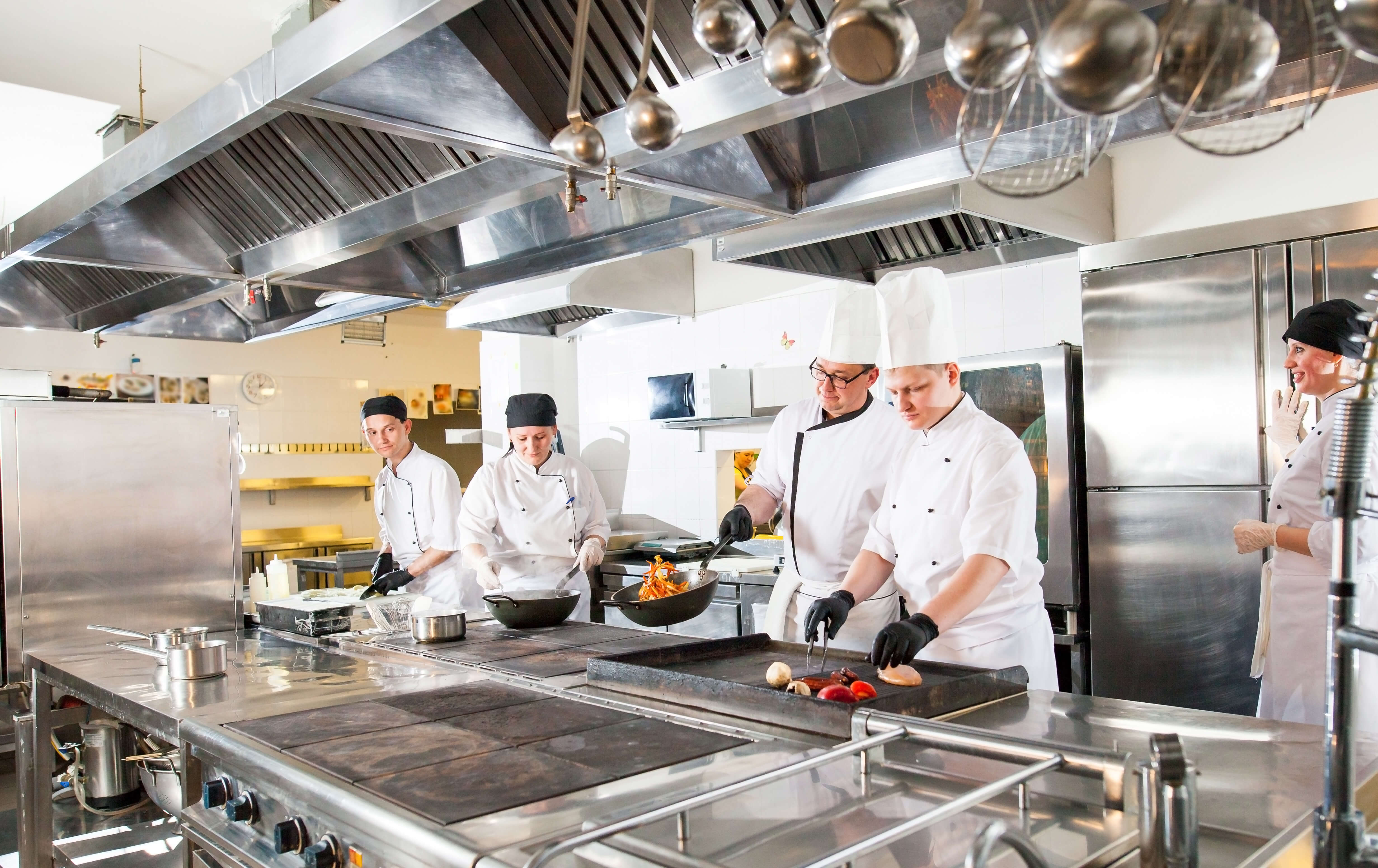
Digitalization is once again the protagonist with enhanced graphic interfaces, a greater number of functions better organized and neatly positioned in capacitive hi-sense color displays. This calls for an in-depth analysis of the graphical representation of such functions and their interaction which must keep into account the user personas of reference as well as their user journeys, identifying where possible navigation methods well rooted in their daily routine.
Expert users will appreciate that the appliances used so far are now able to enhance the food preparation process by boosting the performance of some of their parts, such as the cooking chamber, and their energy efficiency at the end of a preparation cycle. In addition, HACCP protocols guarantee compliance of the preparation procedures adopted for specific foods with the health standards in force, while preventing retailers and companies from suffering of sanctions caused by misuse of the machines.
It must be pointed out that the approach, regulations and contexts in the food sector change on a country base and, for such reason, digitally connected machines may be used in different ways according to the location of the end user.
While the US market values power and volumetric capacity, the Europe favors accuracy and efficiency also for the most demanding tasks.
Digital implementation enables to convert a product according to its final destination and context of use, turning it into a tool exploiting its programmability for a horizontal positioning in an extremely diversified global market.

New capabilities unveil new business horizons
What benefits should a business of this sector expect when investing in equipment digitalization?
It all starts with data collection, the main vector to convert information into products and services. The capacity to collect data on how users utilize my product help me identify its weaknesses, the most used functions and the most stressed components, updating the operational bugs via software when needed, providing additional on-demand features or guaranteeing a prediction maintenance contract that would maximize the machine uptime and, in turn, its profitability.
Knowing that a component is about to break enables us to schedule maintenance way before the breakdown, and when combined to the supply of consumables this promotes a self-fueled economy by simply using the machine. Upselling has never been easier thanks to cloud connection and remote updates: I can now reduce my territory capillarity, concentrating more on a specialized service, becoming a partner and not just a supplier of technologic goods.
Last but not least, the collection of data on machine-use trends helps my business to measure the efficiency of the system planned and to formulate more solid marketing offers and campaigns targeted for the actual needs of users and the way they use the product.
As the relationship with the parent company changes so do the sales models: now we know in real time how a product is used, how to update it and how to fulfil the users’ needs, creating new revenue streams that engage clients and retaining them with a wide range of solutions to make our business grow.
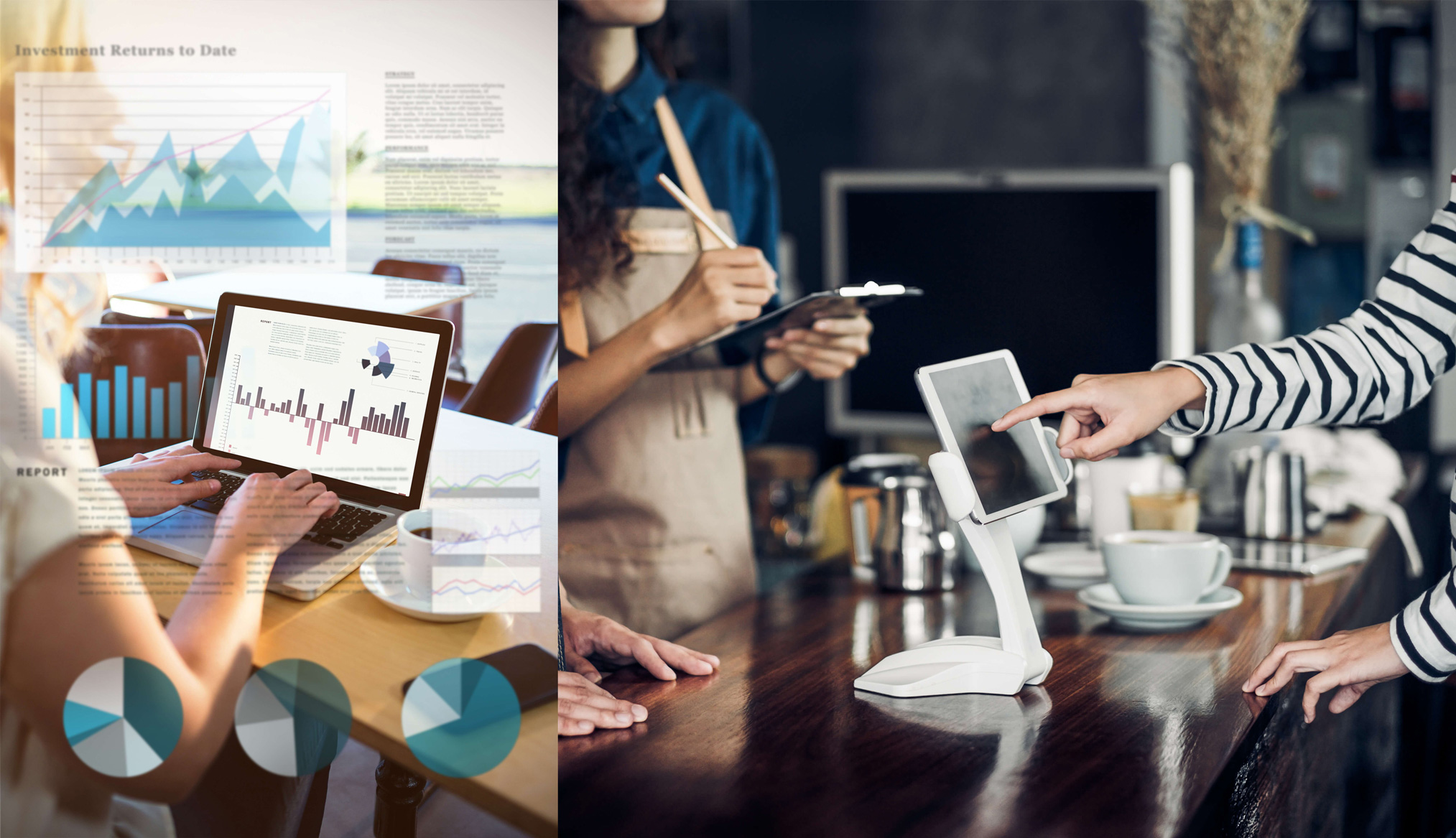
The dark side of the moon
The benefits of digitalization are numerous and undeniable, yet many are the doubts and challenges that we will have to face in the sector for the future.
To date, only a reduced percentage of machines sold fully exploit their connectivity regime, sometimes for privacy concerns, other for technical limits related to the user’s location or for the plain incapacity to perceive interconnectivity as a profitable value.
These add up to other technical limits, where the planners and manufactures of these products require specific infrastructures with dedicated servers and data analysis systems to collect and valorize the machine information, and often relying on outsourcing.
Last but not least is the incommunicability between different products as they are based on proprietor communication systems that are often inaccessible, making their interconnection even more difficult.
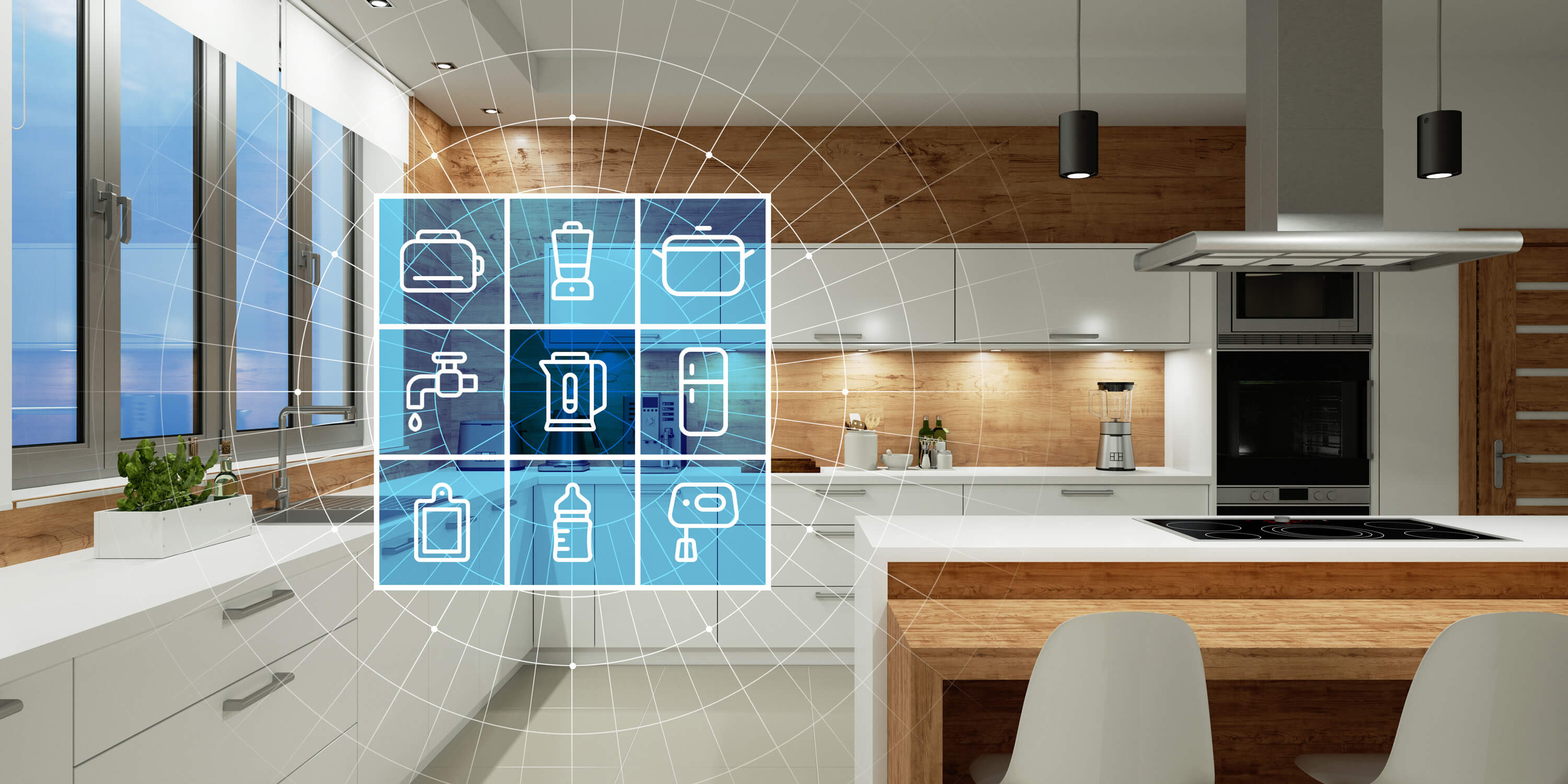
What should we expect?
Digitalization can no longer be ignored in our daily lives as individuals of this society and the growing adjustment to the dynamics of the products we use makes our business more efficient and freer to express ourselves as consumers. The regulations and the technological convergence of standards shared universally will make these systems widespread, but we know there is still much to do to exploit their true potential at best.
We know by experience that innovation is not just a matter of disruption, but rather unremitting construction, giving technology and users the time to converge where history-changing solutions are created.
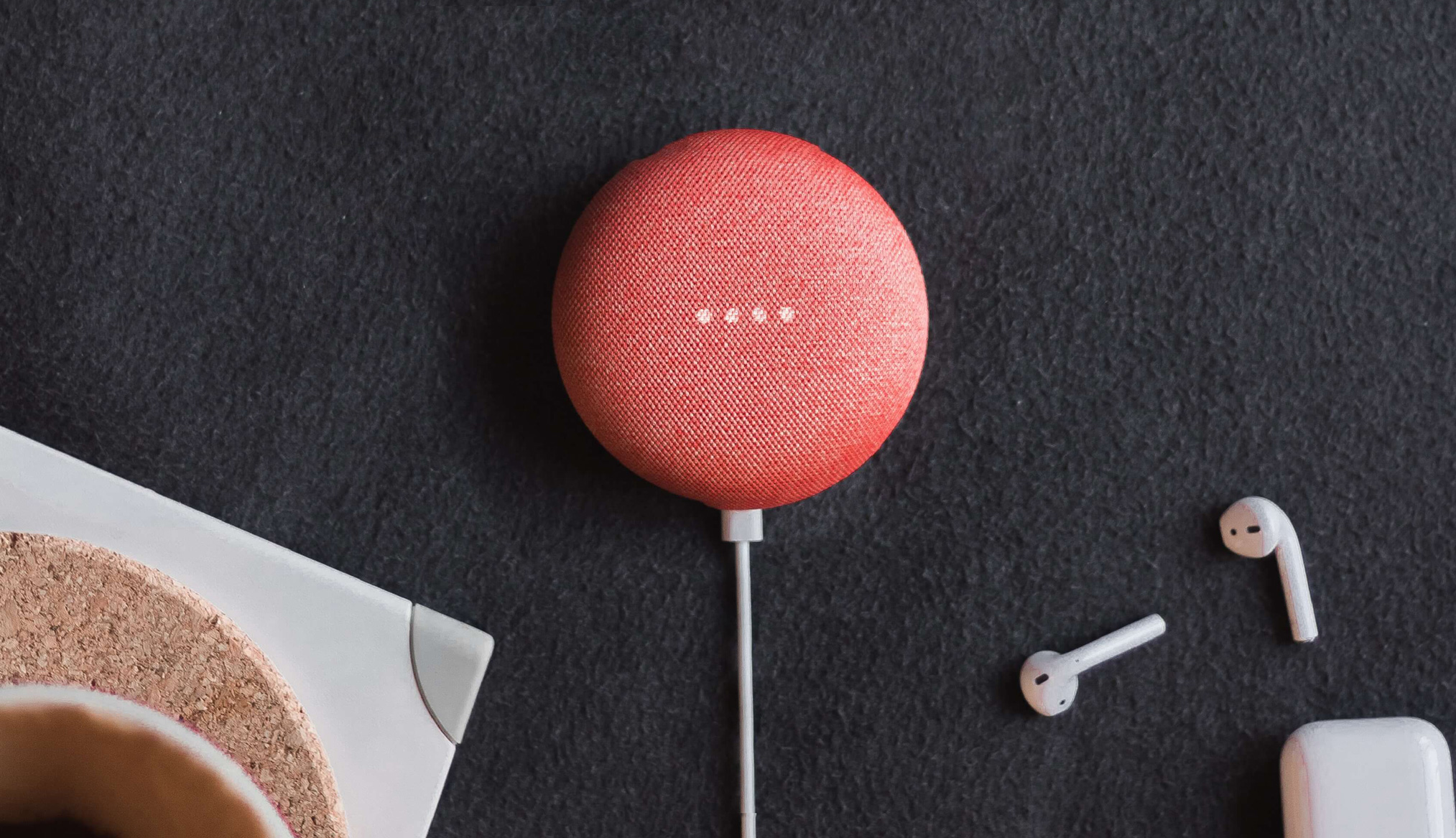
-
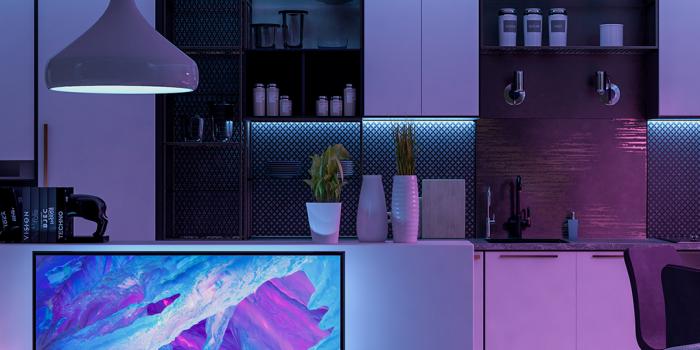
-
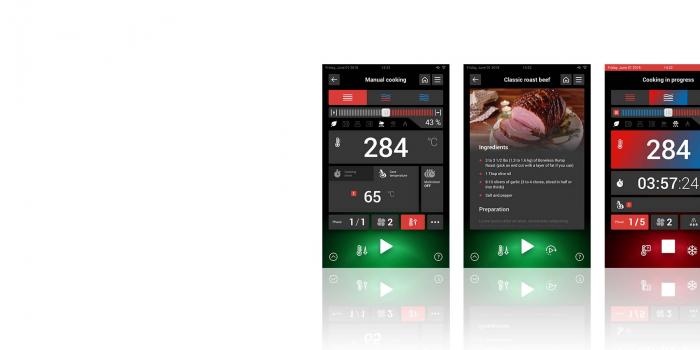
-

Perspectives Mar 30, 2020
KITCHEN 4.0: HOW DIGITALIZATION IS CHANGING THE RULES
Technological updating and the integration of an interconnected soul are turning modern professional kitchens into a perfect example of the 4.0 industry, where the product and its super digital powers become a tool to improve working conditions, enhance productivity, monitor the processes to achieve better results and create new business models


